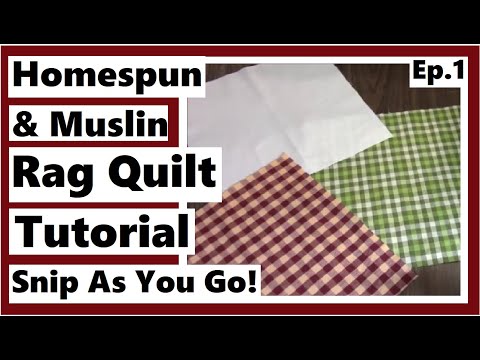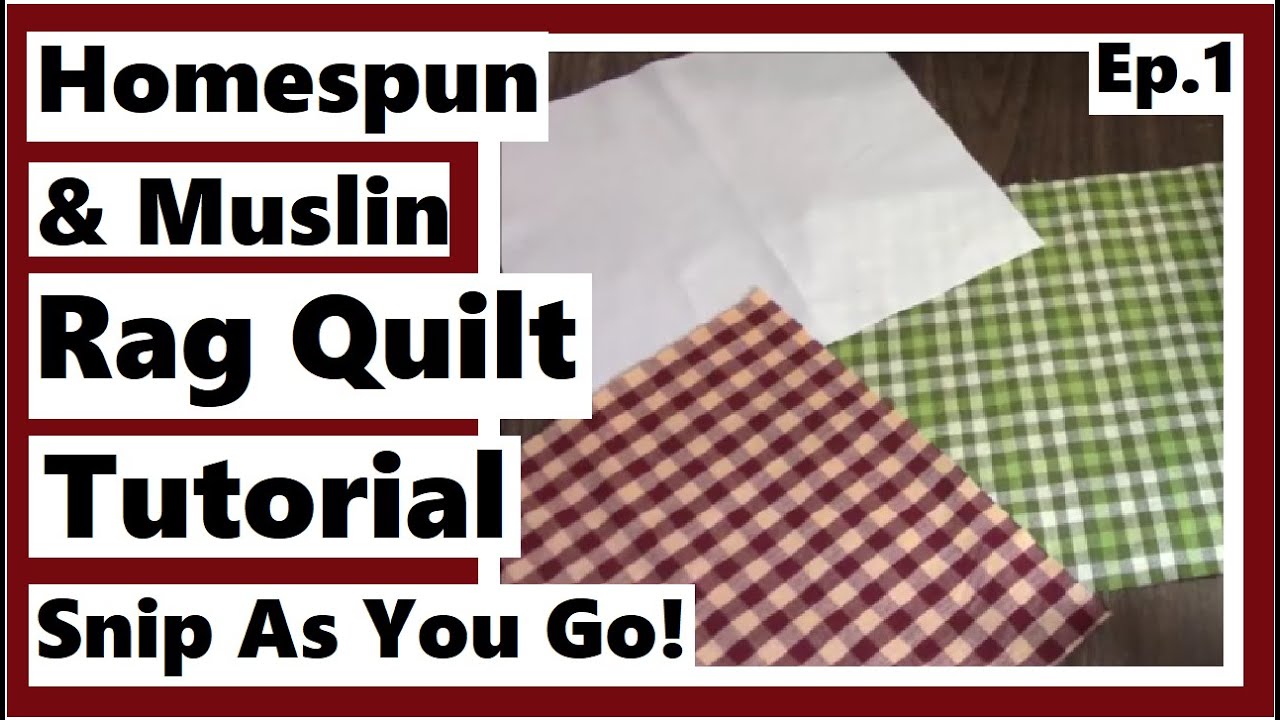Homespun fabric is a timeless textile that exudes warmth, comfort, and authenticity. Its rich history dates back centuries, and its enduring appeal continues to captivate those seeking a touch of rustic charm in their homes. Created from natural fibers, this fabric boasts a unique texture that instantly adds character to any space. Whether used for upholstery, curtains, or decorative accents, homespun fabric brings a sense of nostalgia and craftsmanship. Its handwoven nature ensures that no two pieces are exactly alike, making each creation truly one-of-a-kind. With its gentle drape and soft touch, it beckons you to cozy up, relax, and enjoy the simple pleasures of life. Whether adorning a country cottage or a modern farmhouse, homespun fabric effortlessly blends the past with the present, creating a warm and inviting atmosphere. Its earthy colors and intricate weaves evoke a sense of tradition and heritage, reminding us of simpler times. Embrace the beauty of imperfections and the artistry of slow craftsmanship with homespun fabric, a beloved textile that tells a story through its threads. Experience the timeless elegance and soulful embrace of homespun fabric, where comfort and style intertwine, inviting you to create a home that reflects your unique personality and love for all things authentic.

The Beauty of Homespun Fabric
When it comes to fabrics, there is something truly special about homespun fabric. With its unique texture, rustic charm, and rich history, homespun fabric has become increasingly popular among fashion enthusiasts and interior designers alike. In this article, we will explore the origins of homespun fabric, its characteristics, and its various uses.
The Origins
Homespun fabric traces its roots back to ancient times when people began weaving their own textiles using simple handlooms. It was a way for families to create their own clothing and household items, using the resources readily available to them. The term “homespun” refers to the process of spinning and weaving fabric in the comfort of one’s home.
Throughout history, homespun fabric played a significant role in many cultures. In colonial America, for instance, homespun fabric became a symbol of self-sufficiency and resistance against British taxation. It was a way for colonists to assert their independence and show their support for the American Revolution.
The Characteristics
Homespun fabric is known for its distinctive characteristics. It is typically made from natural fibers such as cotton, linen, or wool. These fibers are spun by hand or with a spinning wheel, resulting in a slightly uneven texture that gives the fabric its unique charm.
Unlike mass-produced fabrics, homespun fabric often features slight variations in color and thickness, adding to its organic and rustic appeal. Its durability and strength make it ideal for a variety of applications, from clothing and home furnishings to crafts and quilting.
The Versatility
Homespun fabric is incredibly versatile and can be used in countless ways. In fashion, it has gained popularity for its timeless and vintage aesthetic. Many designers incorporate homespun fabric into their collections, creating garments that exude a sense of authenticity and craftsmanship.
Home decorators also appreciate the beauty of homespun fabric. Whether used for curtains, tablecloths, or upholstery, it adds a touch of warmth and character to any space. Its earthy tones and textured appearance create a cozy and inviting atmosphere that is hard to replicate with synthetic fabrics.
Furthermore, homespun fabric is a favorite among crafters and quilters. Its unique texture and slight imperfections make it perfect for creating one-of-a-kind pieces. From patchwork quilts to handmade bags, homespun fabric adds a personal touch to any project.
The Modern Revival
While homespun fabric has deep historical roots, it has experienced a resurgence in popularity in recent years. In a world dominated by mass production and synthetic fibers, homespun fabric offers a refreshing alternative. People are increasingly drawn to its authenticity, sustainability, and connection to tradition.
The demand for homespun fabric has led to a resurgence in small-scale textile production. Artisans and weavers around the world are reviving traditional weaving techniques and using natural fibers to create homespun fabric. This revival not only supports local economies but also helps preserve cultural heritage.
In Conclusion
Homespun fabric is more than just a textile; it is a testament to the beauty of handmade craftsmanship. Its rich history, unique characteristics, and versatility make it a beloved choice for fashion, home decor, and crafting projects. Whether you appreciate its rustic charm or its connection to tradition, homespun fabric is sure to add a touch of warmth and authenticity to any endeavor.
“Snip and Stitch: Effortless Homespun Cotton and Muslin Rag Quilt Tutorial Unveiled in Episode 1”
Video Source : Darlene Michaud
List of Homespun Fabric
Homespun Fabric
Homespun fabric is a type of fabric that is traditionally woven by hand, using simple tools and techniques. It is known for its rustic charm and unique texture, making it a popular choice for various applications, including clothing, home decor, and crafts.
| Properties | Description |
|---|---|
| Fiber Content | Homespun fabric can be made from a variety of natural fibers, including cotton, linen, and wool. These fibers are carefully chosen for their durability and ability to create a desirable texture in the final fabric. |
| Weave Pattern | The weave pattern used in homespun fabric is typically a plain weave, characterized by a simple over-under pattern. This results in a fabric that is strong, yet breathable. |
| Texture | Homespun fabric has a distinct texture that can be described as slightly coarse and uneven. This texture adds to its charm and gives it a rustic, handcrafted appeal. |
| Color Variations | Due to the handcrafted nature of homespun fabric, it often exhibits slight color variations and irregularities. These variations are considered part of its unique beauty and are highly valued by enthusiasts. |
| Uses | Homespun fabric is versatile and can be used for various purposes. It is commonly used in the creation of clothing items such as shirts, skirts, and dresses, providing a comfortable and natural feel. Additionally, it is popular for home decor projects like curtains, tablecloths, and pillow covers, bringing a touch of rustic elegance to any space. Crafters also enjoy working with homespun fabric, using it for quilting, embroidery, and other artistic endeavors. |
In conclusion, homespun fabric is a unique and cherished textile that has stood the test of time. Its hand-woven nature, distinct texture, and natural fibers make it a favorite among those who appreciate the beauty of traditional craftsmanship. Whether used for clothing, home decor, or crafts, homespun fabric adds a touch of rustic charm and authenticity to any project.

